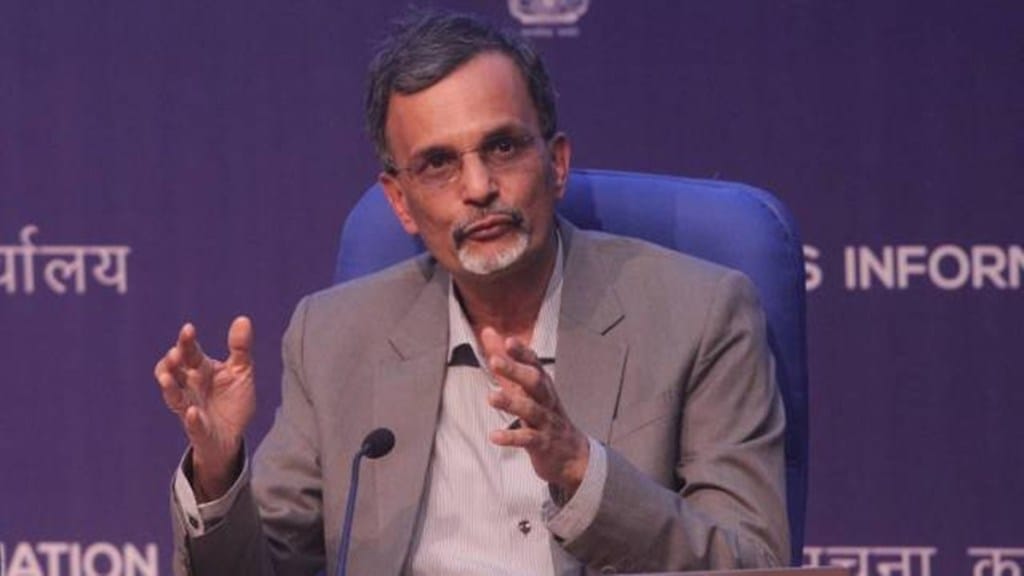Taking heart from the 6.5% gross domestic product (GDP) growth in FY25 despite global headwinds, chief economic adviser Anantha Nageswaran on Friday said the government has retained its forecast of 6.3-6.8% growth in the current financial year. Private consumption, especially the rural rebound, and resilient services exports are seen to be key drivers in the current year.
Multiple agencies have projected India’s growth to be in the range of 6.3-6.7% in FY26.
He said high-frequency indicators for April 2025 show strong industrial and commercial activity. Food inflation remains benign due to good rabi harvest, higher summer sowing, healthy procurement, and above-normal monsoon, he said.
“If India continues with the efforts to bring in more foreign direct investment and the private sector continues its increase in capital investment like in 2024-25, urban consumption picks up on the back of better capital formation, hiring and compensation, then we can probably achieve a growth rate which is at the higher end of this range,” Nageswaran said.
“I think the conditions are in place for a low inflation, steady growth environment supported by monetary policy and also the fiscal stability,” he said.
India’s export performance within the context of uncertain global trade has done very well. “Merchandise trade growth has picked up last year, and so has service sector surplus, continuing into the month of April as well,” he said.
With oil prices falling from around $80 per barrel to the $60s and the expectation of oil-producing countries announcing another production increase soon, the upside to oil prices seems to be capped. That is good news for India as well, from both from a fiscal perspective and from a consumption perspective, he said.
Diverging central bank rate paths globally may impact capital flows and financial markets, he said. While gross FDI remains steady, FPI shows volatility. The external environment does not pose any risk to FDI inflows, he said.
Nageswaran said India will likely become the fourth-largest economy in FY26, overtaking Japan, as estimated by the International Monetary Fund.
India’s forex reserves currently provide around 11 months of import cover.

